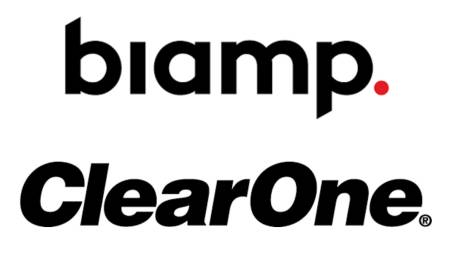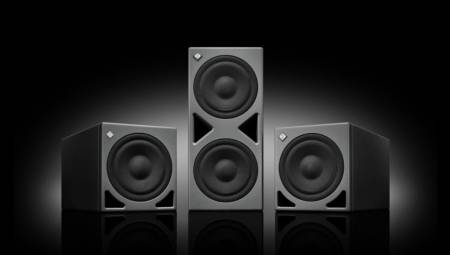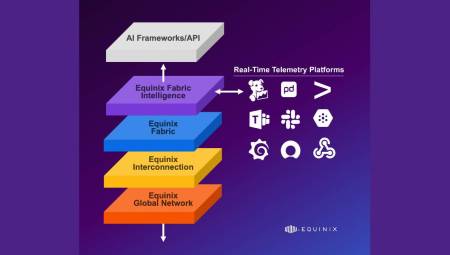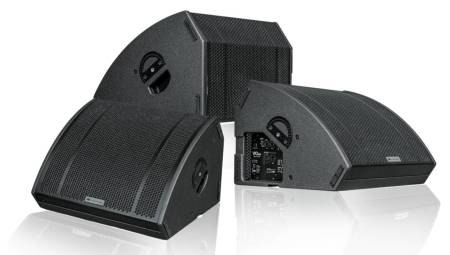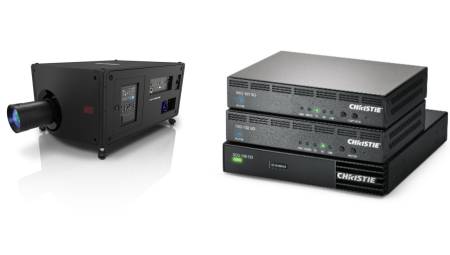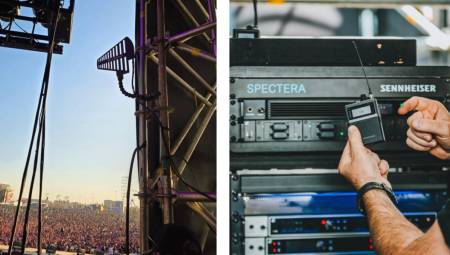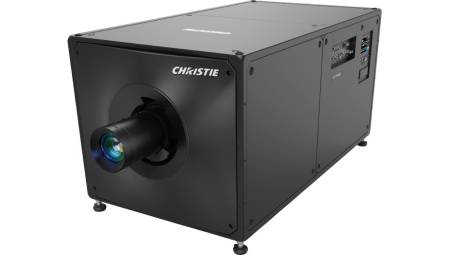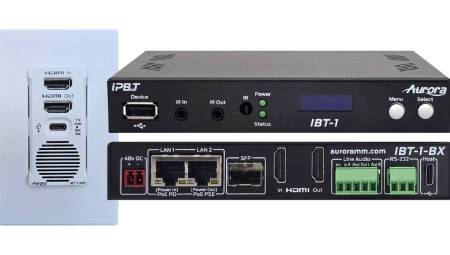 Latin America. It's not just the start of a new year, but a new decade: As 2020 kicks off at full throttle, it's more important than ever to stay on top of the trends driving the future of wireless collaboration. To that end, here's a look at four trends to monitor to make sure you keep pace with the cutting edge of wireless collaboration.
Latin America. It's not just the start of a new year, but a new decade: As 2020 kicks off at full throttle, it's more important than ever to stay on top of the trends driving the future of wireless collaboration. To that end, here's a look at four trends to monitor to make sure you keep pace with the cutting edge of wireless collaboration.
Increased Adoption of Wireless Solutions
In 2020, there will be a significant increase in the adoption of wireless connectivity solutions. According to Futuresource Consulting, the global market for dedicated wireless display devices (excluding home devices) will be more than 880,000 units — in simple terms, organizations are eliminating "wires on the table."
Organizations will continue to take advantage of unique and flexible meeting spaces, relying on wireless solutions to enable meetings in both traditional and non-traditional spaces. Organizations seek to avoid the tension of the past decade between the desire for connectivity and the established nature of traditional conference rooms.
With a secure, easy-to-use wireless solution that doesn't require charging dongles and cables or connecting through a specific application needed to make a solution work, this adaptability is becoming more and more feasible. Instead of spending valuable time locating switches, cables, and dongles, end users need native connectivity that simply works so they can start meetings quickly and easily, and collaborate when the need arises.
Other technological innovations will improve collaboration in the room by changing the landscape of wireless display solutions but, more importantly, making the transition from wired to wireless easy, intuitive and enjoyable. Transitioning from proprietary collaboration tools previously used in meeting spaces to common tools like Microsoft Office 365 will drive unified productivity among organizations that transition from workspace to meeting space and vice versa completely seamlessly.
UC Rooms Become Easier, Friendlier and More Comfortable
Cloud systems and their interoperability with other more traditional unified communication (UC) platforms must continue to expand as innovation continues, leading to greater integration between solutions and interconnecting end-user experiences.
Most organizations will move forward with UC solutions, and many will equip a portion of their meeting spaces with dedicated UC room solutions. Organizations should be careful to preserve the meeting room experience with and without remote participants. Therefore, the combination of wireless visualization/collaboration and UC solutions is the perfect complement to UC-equipped rooms.
As technology continues to advance, UC rooms (and non-UC rooms) and their users will continue to reap the benefits of wireless.
AV and IT Technology Support Teams, and Human Talent, Will Continue to Merge
The lines between IT and AV support teams are already blurring, and increased innovation will likely encourage closer collaboration between departments to define and implement strategies.
With truly wireless collaboration solutions, the same product that enables seamless device sharing and effective, immediate collaboration with room screens also helps IT teams monitor network separation that keeps visitors and employees safe during these critical sharing sessions.
This is simply one example of the growing need for collaboration between AV and IT teams – as innovations continue to impact wireless connectivity, the ultimate goal of providing a seamless, integrated, application-free experience will have to be met by a combination of technology and talent.
Looking Forward
While the future of wireless collaboration is exciting and promising, there are still many challenges on the way to fully adopting integrated and seamless collaboration solutions.
Privacy and security will continue to be key concerns, especially for users, requiring solution providers to be aware of all aspects of their connectivity solutions and how they can best alleviate those concerns to keep end users safe without sacrificing ease of use and integration.
In addition, as cloud and other connectivity innovations see widespread adoption, solution providers will need to ensure that their products are adaptable and scalable in a way that allows them to directly meet these growing expectations.
However, focused on increasing wireless adoption, integrated UC rooms, merging AV and IT, leading wireless collaboration solutions are well positioned to deliver better experiences and productivity outcome improvements for users. Welcome to the decade of innovation, where expertise, utility and ease of use lead the way for the modern office and classroom.
Text written by Mike Ehlenberger of ScreenBeam.













































